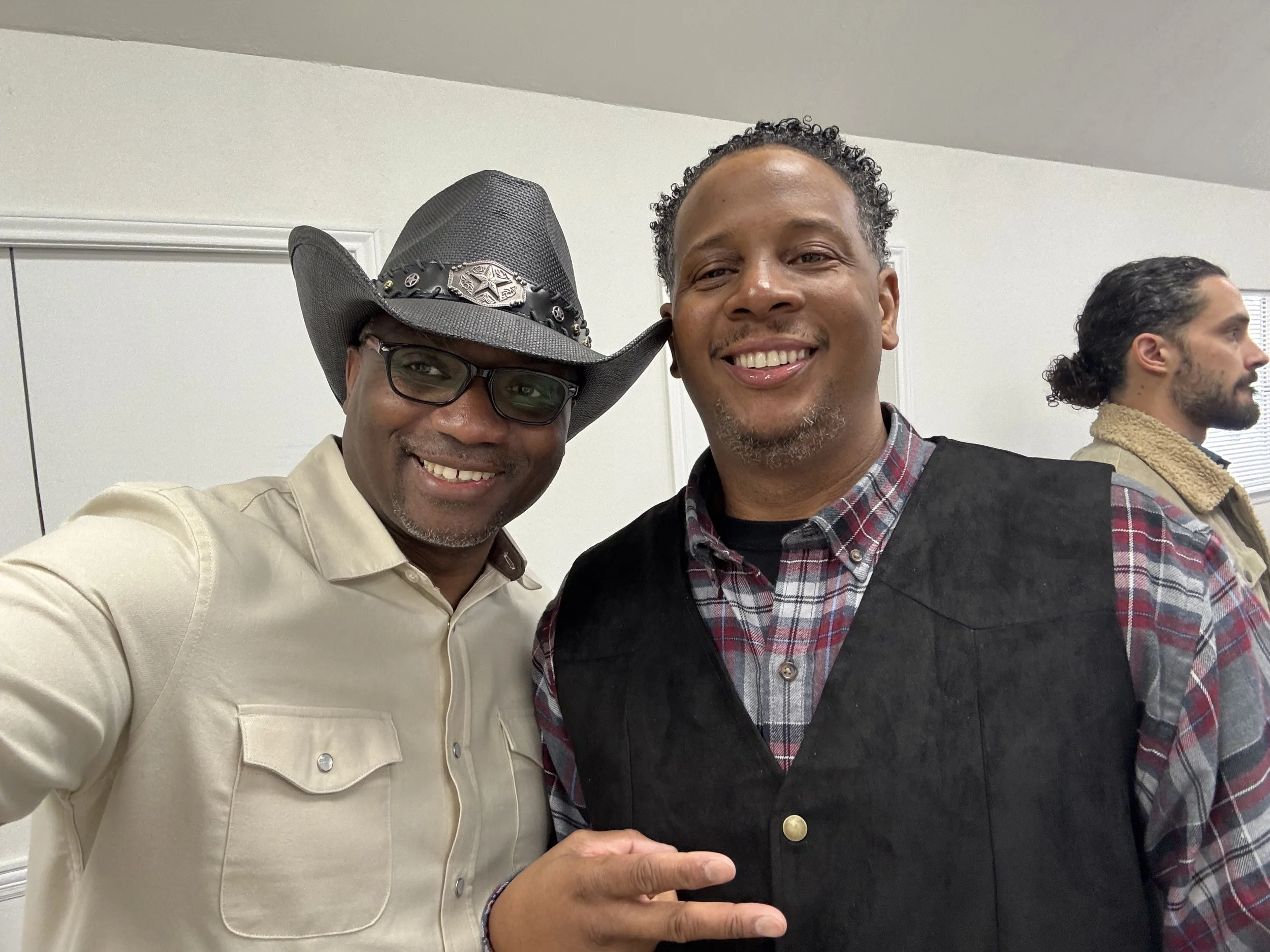Centering on the Margins
Is your church or ministry centering on the center or on the margins?
Let me explain.
A recent article described that efforts to increase covid vaccination rates are now “centering on the margins.” The rationale is that general “public service announcements” and other mass communications have reached the people in the center.
To increase acceptance, additional efforts will need to focus on zip codes and groups that are skeptical. This is a different strategy that calls for targeted and tailored efforts, such as conducting micro-campaigns in those areas and amplifying the voices of influencers who are respected by specific groups.
Many of the plans developed by churches to “reach the community” are centered on the center, not the margins. These plans might include an advertising campaign, improvements in existing programs, or special events that emphasize “come to us” (and often imply “be like us”).
There is nothing wrong with improving a program or offering a special event. But just like continuing the generic public service announcements for the covid vaccine, these efforts will quickly reach a point of diminishing returns.
Now what?
Wouldn’t it be better to center on the margins? This would require us to step out of our comfort zones and away from our campuses. It would mean doing things that we have not done before. It would involve taking risks with no certainty of success.
“Centering on the margins requires us to step out of our comfort zones and away from our campuses. ”
The “margins” can be found in many places. You may immediately think of people who are marginalized, such as those that suffer from mental health issues, addiction, poverty, or homelessness. But these are not the only margins for your church to consider.
You can expand your perspective by asking, “What types of people live in our community but don’t come to our church?” The answer may include any of the previously listed groups, but it may also include young adults, de-churched individuals, single parents, people who are skeptical about Christianity, and more.
The follow-up question should be, “Where would we have opportunities to interact with these groups of people?” Your answer to this question may give you insights into how to “center on the margins.”
There’s an important caveat to this idea—church and ministry leaders cannot abandon the center. The center is the source of leaders, volunteers, and funding. If the center is ignored, it will begin to shrivel, which will, in turn, impact your ability to work on the margins.
Nevertheless, most churches would do well to examine where they are currently centering and how well it is working. You may discover that a shift toward the margins is needed.
To begin thinking about one of these “margins” of our city, join us Thursday, Sept 15. We'll continue to discuss how we can center on the church planting margins of our city. More info below.
Mike Bonem is a consultant, coach, speaker, church leader, husband, and father who loves to help ministries and leaders reach their God-given potential. He is the author of Leading from the Second Chair and 3 other books on ministry leadership.
We’ll send one succinct weekly email
with the best news, events, and info
for churches in the Houston area.
A version of this article originally posted on Mike Bonem.com











How can churches and organizations support vulnerable children throughout the summer months?